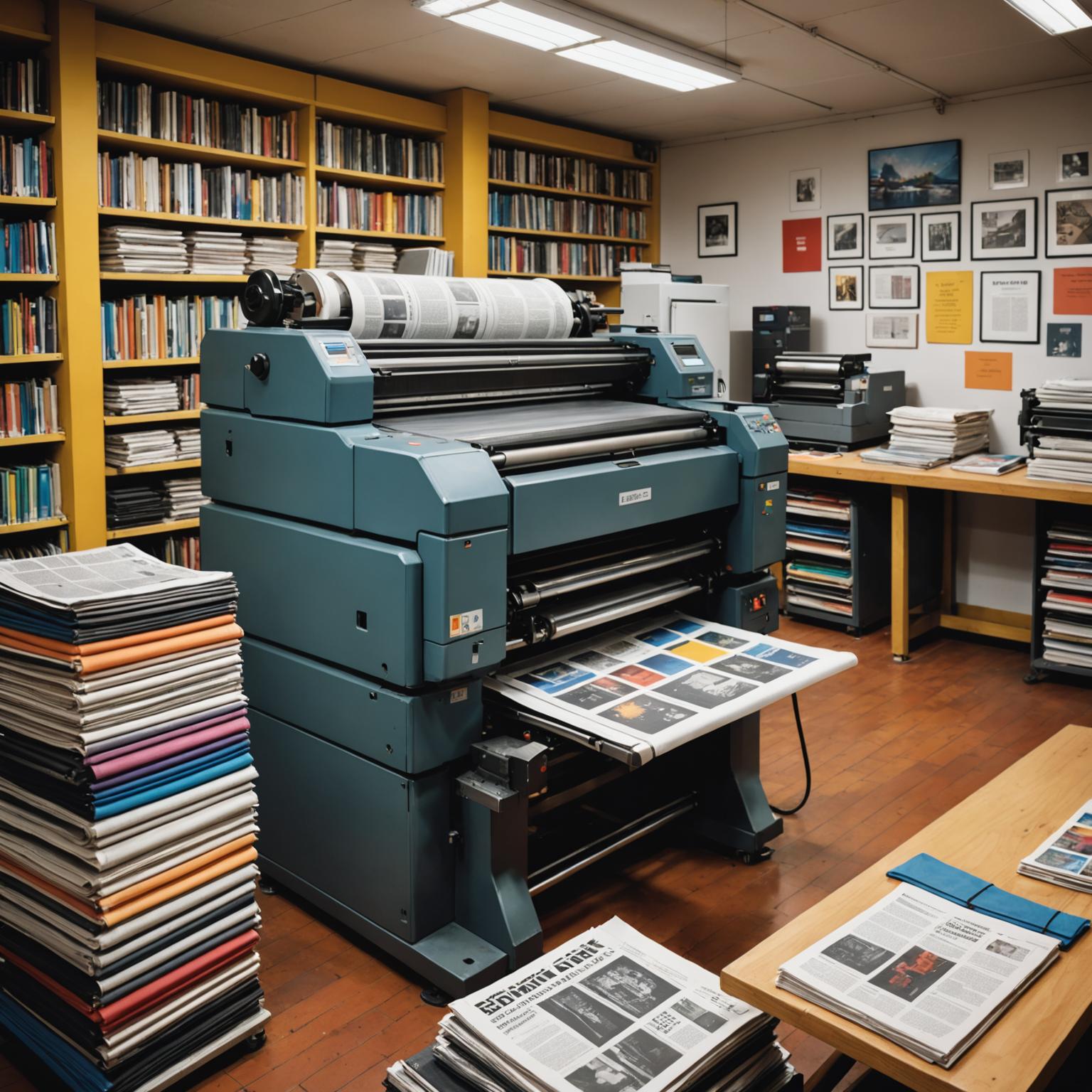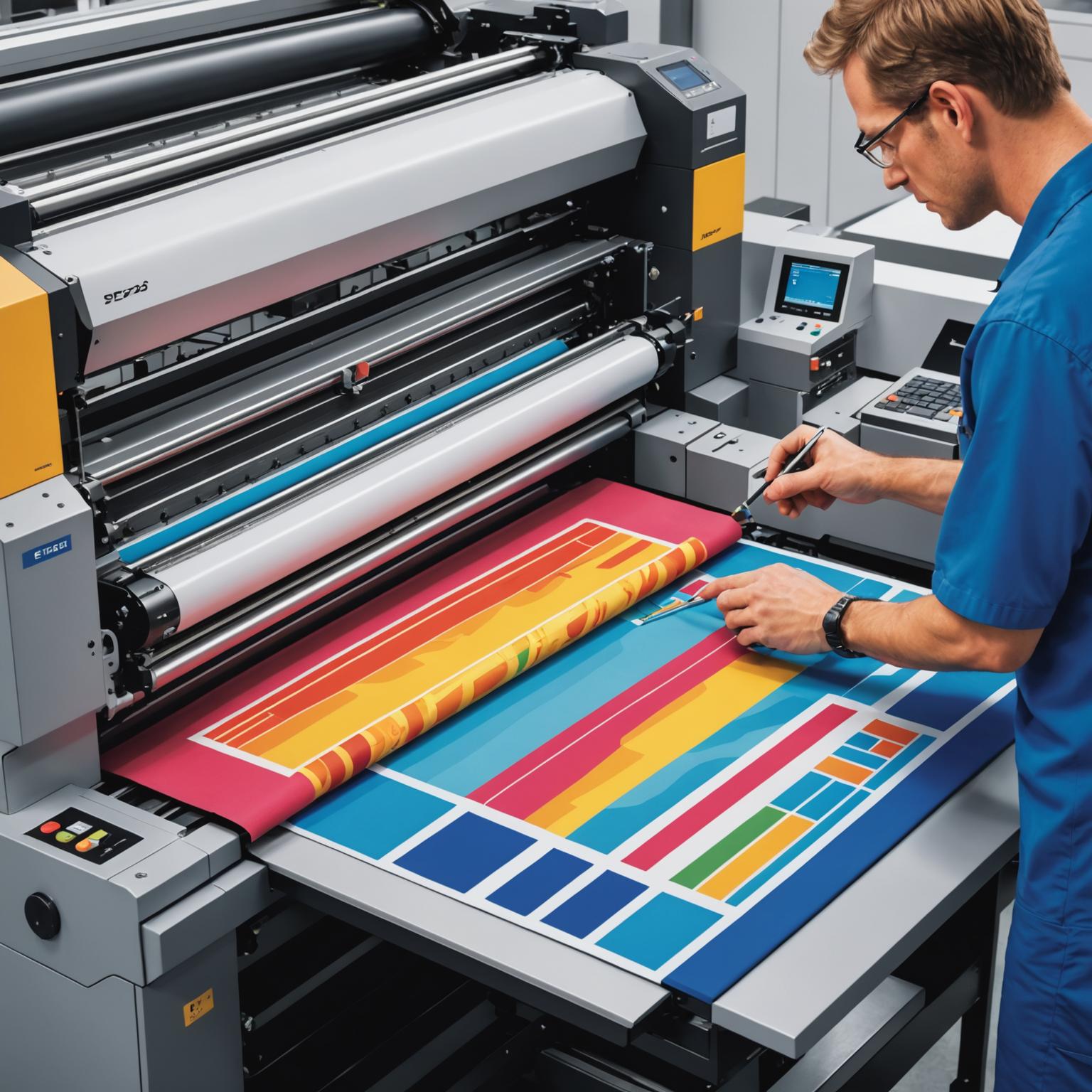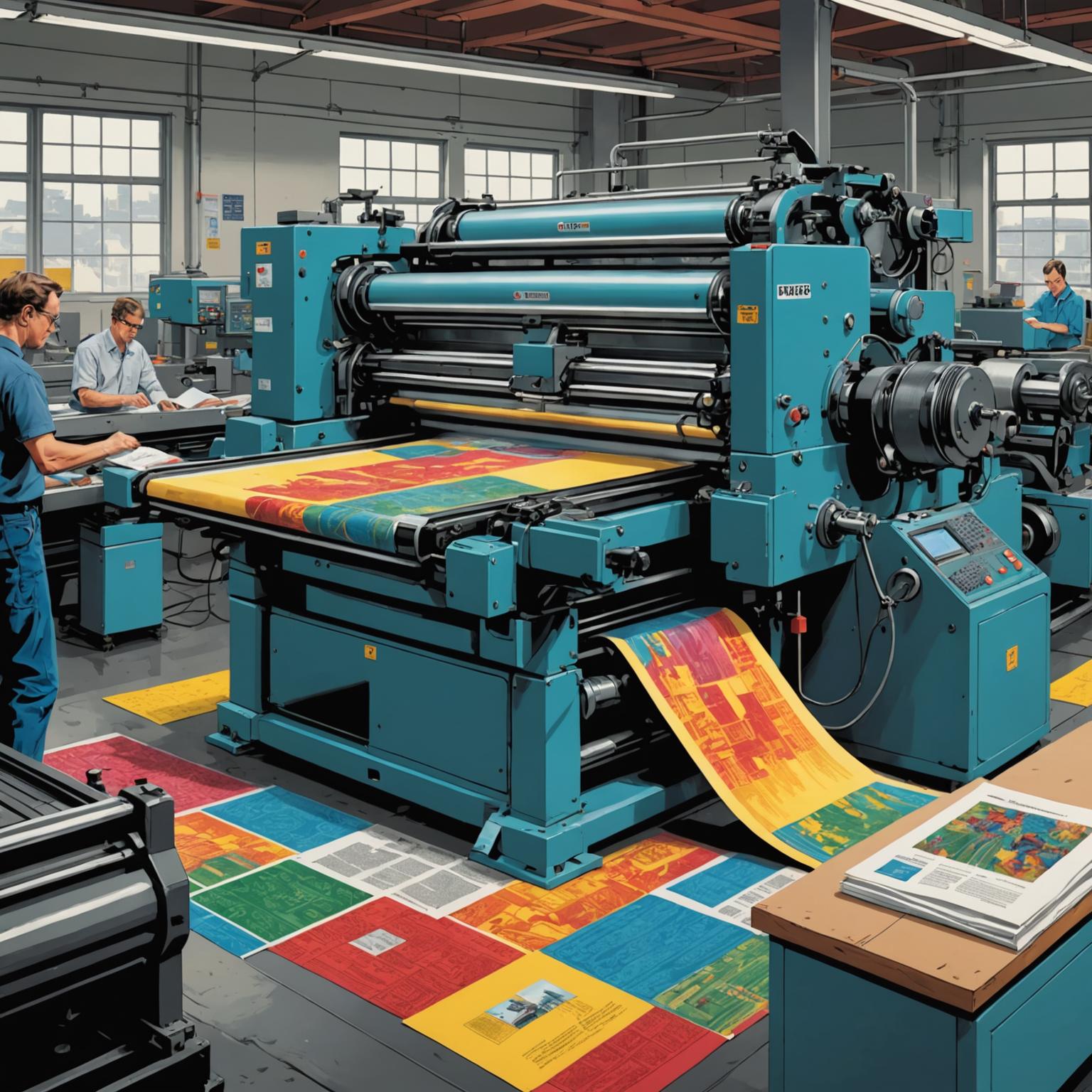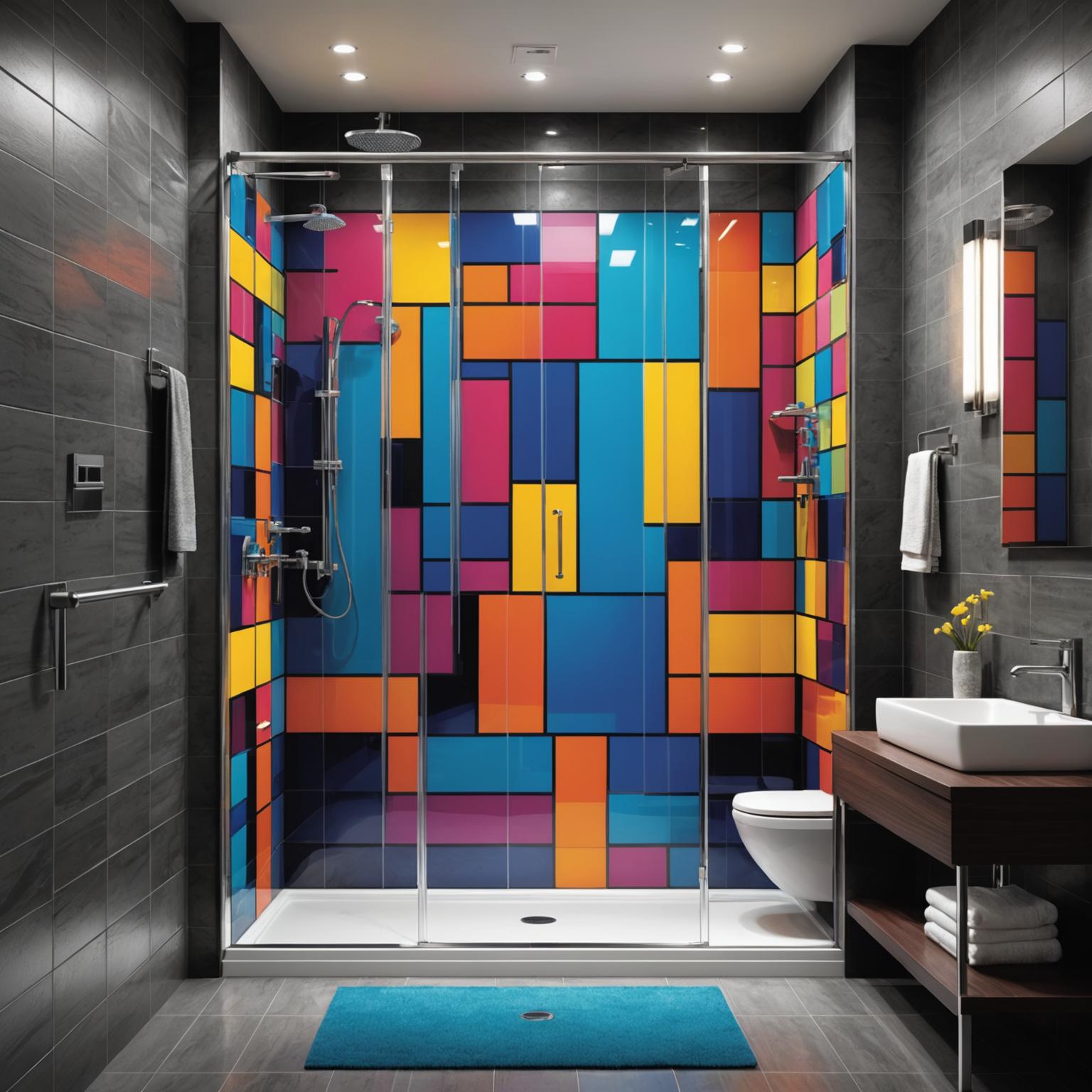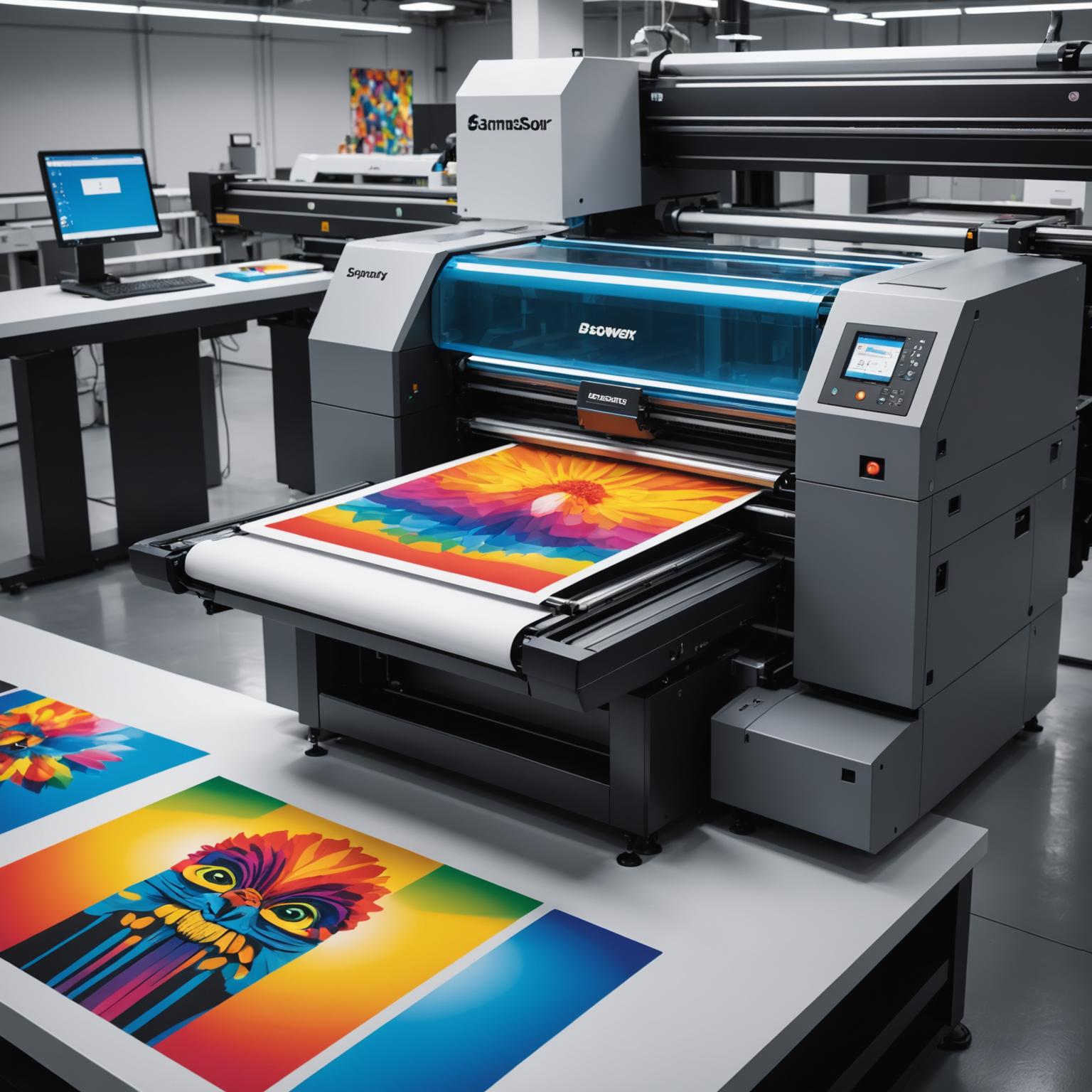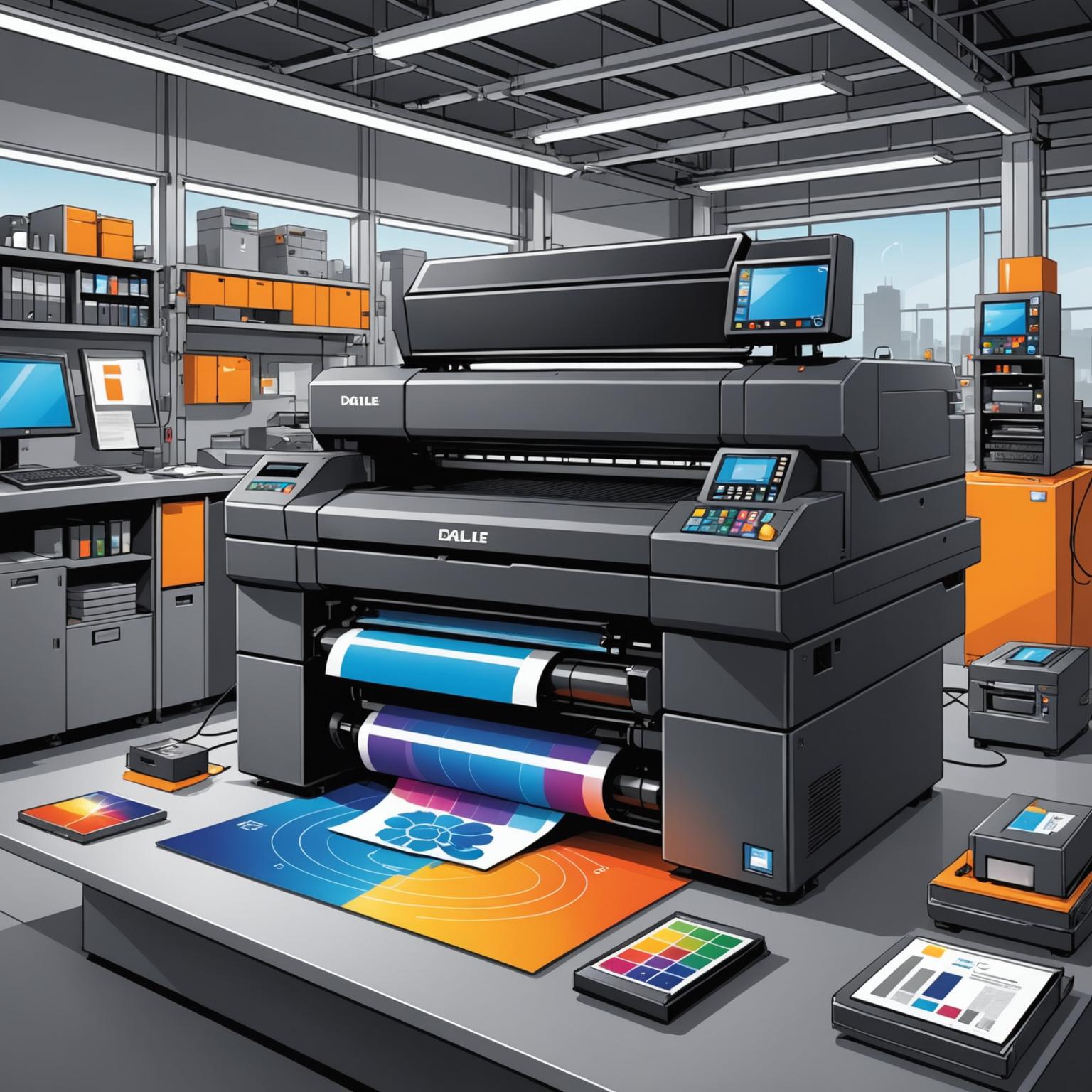The evolution of the printing press has been remarkable, transforming from cumbersome mechanical devices to the sophisticated digital powerhouses we rely on today. When evaluating a new device, a deep dive into its printing machine features is crucial for making an informed decision that benefits productivity and quality. Modern printers are no longer single-function machines; they are intelligent, connected hubs that can automate complex workflows, enhance security, and even contribute to sustainability goals. Understanding the spectrum of available features, from core performance metrics to cutting-edge innovations, is the key to unlocking the full potential of your print environment.
Core Features Defining Modern Printing Machines
At the heart of any great printer lies a set of fundamental capabilities that dictate its output quality and efficiency. Resolution, measured in dots per inch (DPI), remains a primary indicator of print clarity and detail, with higher DPI values producing sharper text and more vibrant images. Equally important is the color management system, which ensures color accuracy and consistency across different print jobs and devices. Speed, often advertised as pages per minute (PPM), is another critical metric, but it must be considered alongside quality settings. Advanced paper handling is also a non-negotiable feature, encompassing large-capacity trays, the ability to handle various paper weights and sizes, and automatic duplex (two-sided) printing, which significantly reduces paper consumption and cost.
Harnessing Smart Technology and Printing Machine Innovations
The most significant advancements in recent years have been in connectivity and intelligence. Modern printing machine innovations have untethered users from their desks, enabling seamless printing from anywhere. Wi-Fi connectivity, cloud integration with services like Google Drive and Dropbox, and mobile printing protocols such as Apple AirPrint are now standard expectations. This allows employees to print directly from smartphones, tablets, and laptops without needing complex driver installations. Beyond convenience, these smart machines offer proactive management features. They can monitor their own toner and ink levels and automatically reorder supplies, perform self-diagnostics to alert administrators to potential issues, and be managed remotely as part of a larger fleet, providing valuable data on usage and operational costs.
Sustainability and Security: Non-Negotiable Features
As businesses become more environmentally conscious and digitally vulnerable, sustainability and security features have transitioned from luxuries to necessities. Eco-friendly functions are now a major selling point. These include low-power sleep modes, energy-saving toner technology that melts at lower temperatures, and certifications for compatibility with recycled paper stocks. On the security front, the printer is increasingly recognized as a potential network vulnerability. Therefore, robust security features are paramount. These include secure print release, where a user must enter a PIN or swipe a card at the device to retrieve their documents, as well as data encryption, user authentication protocols to control access, and secure network protocols to protect data in transit.
Beyond Printing: Integrated Finishing Options
For organizations that produce a high volume of professional documents, integrated finishing options are transformative. These advanced printing machine features convert a standard multifunction printer into a mini-production house, dramatically reducing manual labor and streamlining workflows. In-line finishing modules can automatically staple multi-page documents, perform two- or three-hole punching, fold pages in various styles (like tri-fold for brochures), and even create saddle-stitched booklets. By automating these once time-consuming manual tasks, businesses can produce client-ready proposals, marketing materials, and reports with speed and professionalism, all from a single device. This integration saves time, reduces the chance of errors, and keeps sensitive document production in-house.
In conclusion, the landscape of printing technology is richer and more complex than ever before. Choosing the right device requires looking beyond basic speed and resolution. A thorough evaluation of modern printing machine features, from core quality attributes to the latest printing machine innovations in connectivity and automation, is essential. By prioritizing smart technology, robust security, sustainability, and integrated finishing, businesses can invest in a solution that not only meets their current needs but also enhances efficiency, protects sensitive information, and supports their strategic goals for years to come.


